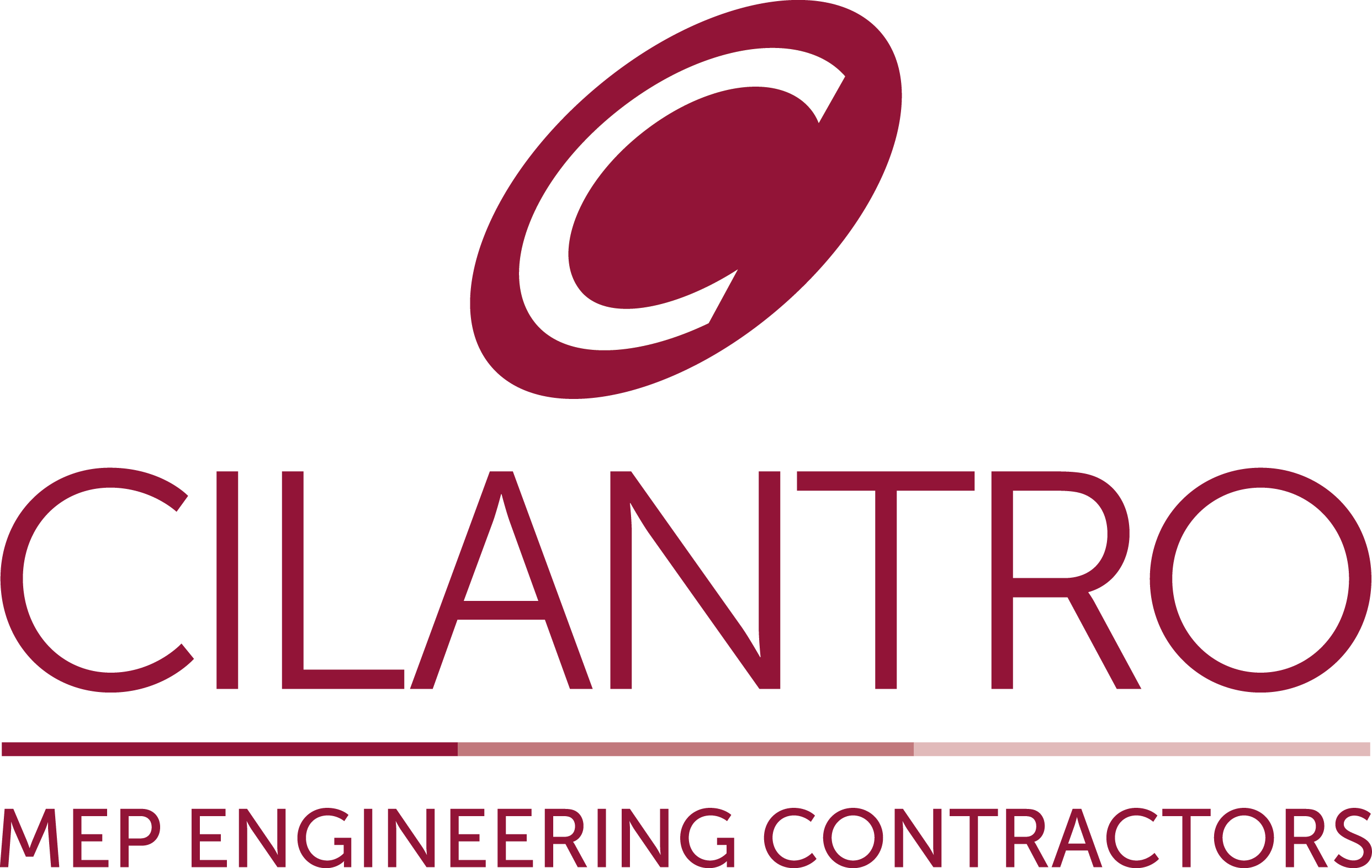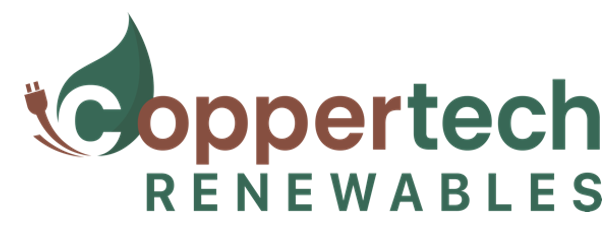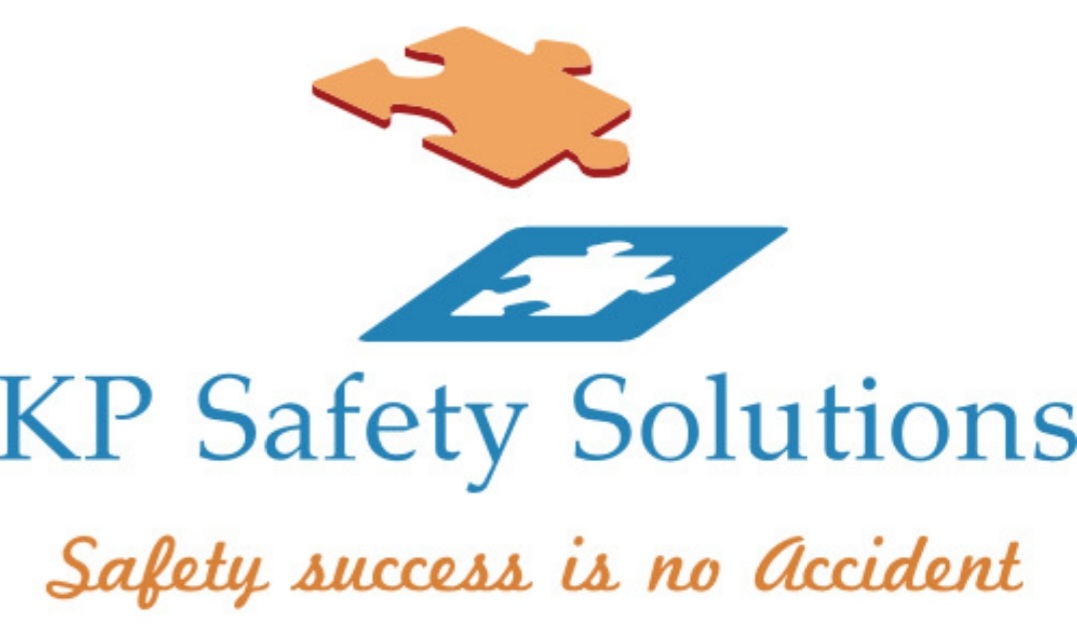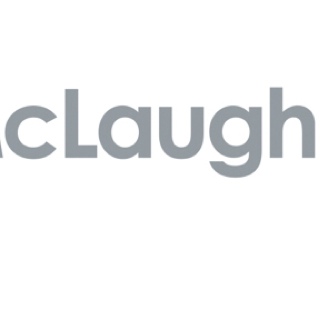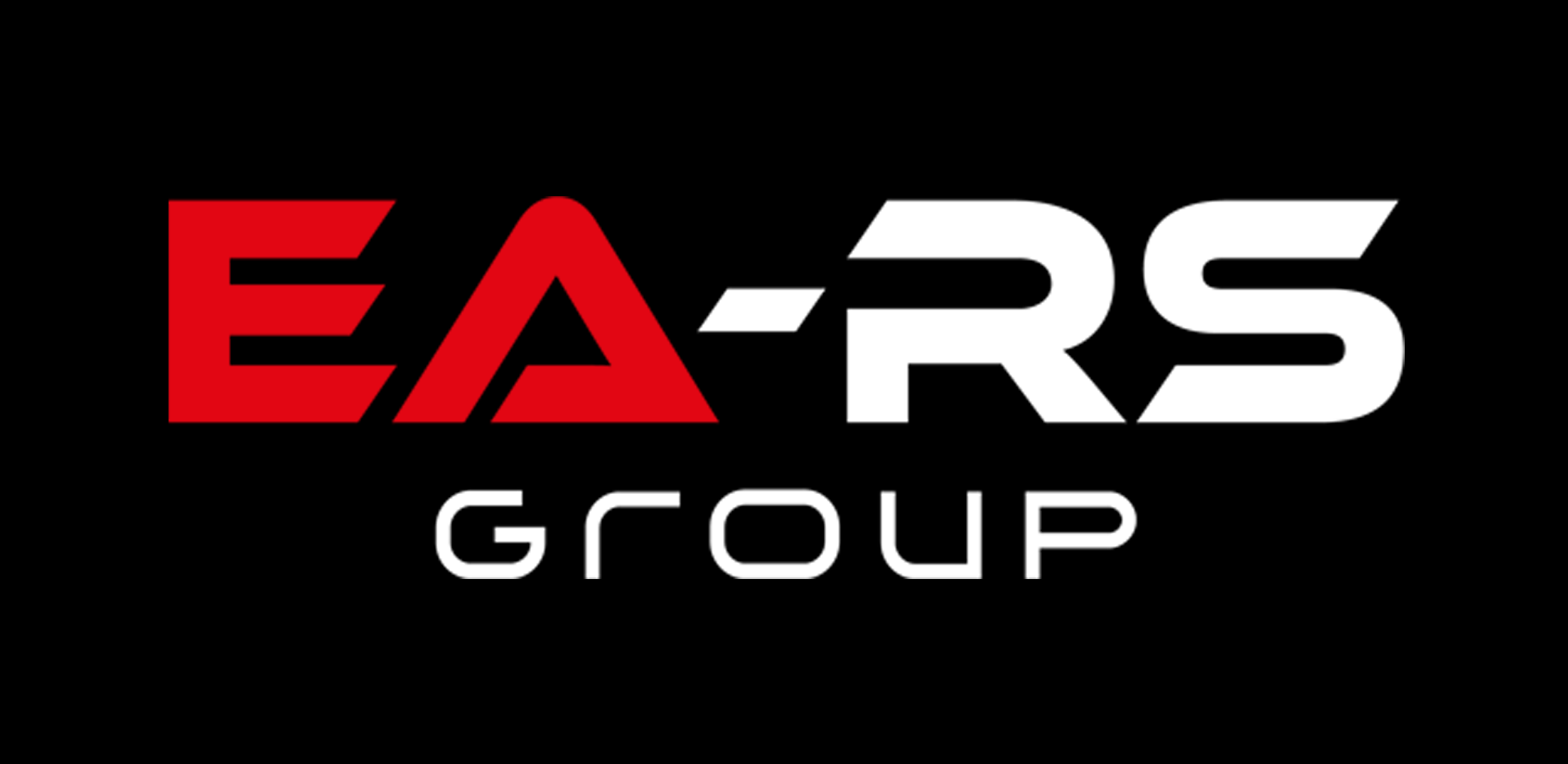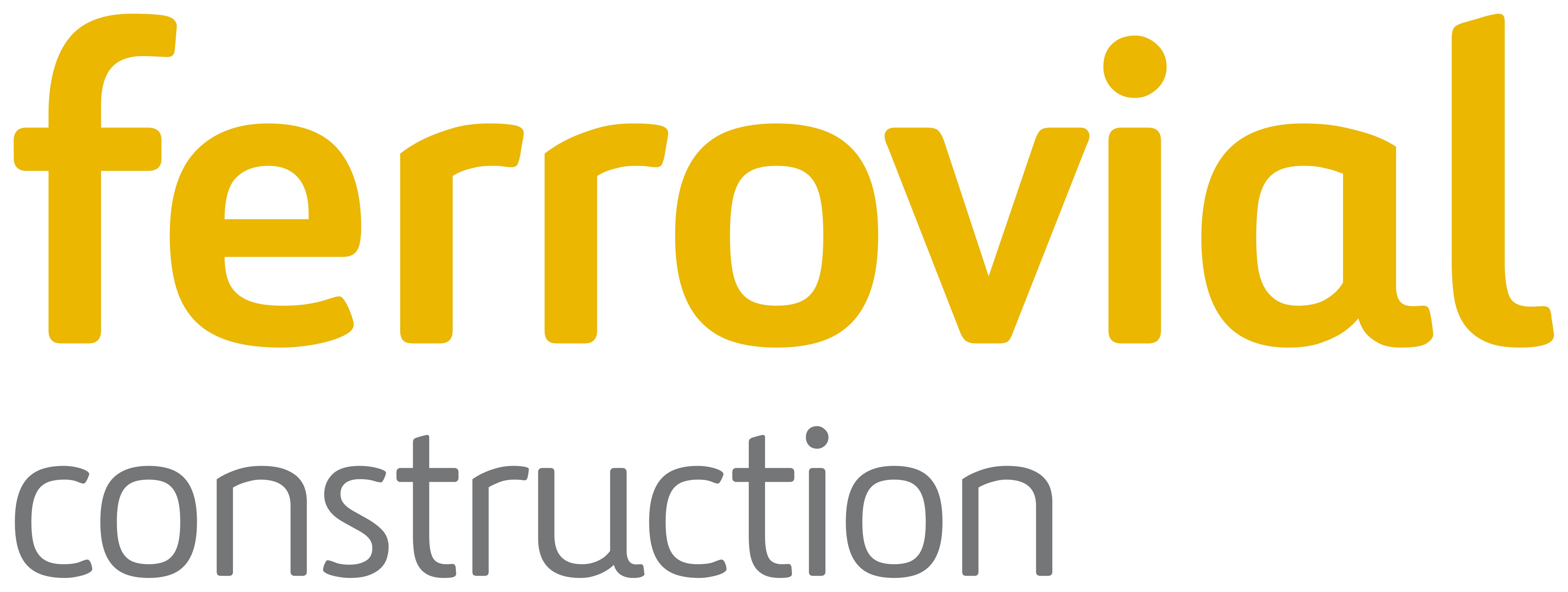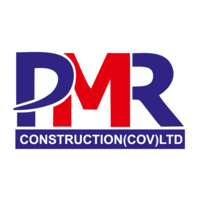Title Page
-
Site conducted
-
Inspector:
-
Date & Time of Inspection:
-
Location:
-
Those Present:
-
Subcontractors:
Inspection Scoring Guide:
-
0 – Gross Failure. 1 – Major Non-compliance. 2 – Minor Non-compliance. 3 – Compliant. 4 – Good. 5 - Excellent
H&S Inspection - Site
PUBLIC INTERFACE & SIGNAGE
-
1.1 Is site secured to prevent unauthorised access in all areas?
- 0
- 1
- 2
- 3
- 4
- 5
- N/A
-
1.2 Are public roads and footpaths clean and free from trip hazards? Is signage adequate for public safety? (e.g. Warnings of Danger, Out of hours contact, Site Office location).
- 0
- 1
- 2
- 3
- 4
- 5
- N/A
-
1.3 Are signs/posters erected on site and welfare area? (e.g. H&S Law poster, Insurances, Emergency Contacts, Site Rules, EAP, Modern Slavery poster, etc).
- 0
- 1
- 2
- 3
- 4
- 5
- N/A
-
1.4 Has everyone accessing the site signed-in and out daily?
- 0
- 1
- 2
- 3
- 4
- 5
- N/A
HOUSEKEEPING & ACCESS
-
2.1 Is there good housekeeping on site with no materials, debris or cables causing trip or slip hazards? Adequate supply of bins and skips (with signage in place for waste type)?
- 0
- 1
- 2
- 3
- 4
- 5
- N/A
-
2.2 Is there safe access and egress throughout site?
- 0
- 1
- 2
- 3
- 4
- 5
- N/A
-
2.3 Is general and task lighting sufficient in all areas?
- 0
- 1
- 2
- 3
- 4
- 5
- N/A
WORK AT HEIGHT
-
3.1 Planning for Work at Height - is safest access equipment in use? Ladders only used in restricted areas where safer alternatives cannot be used? Weather okay? Are all open edges appropriately protected to guard against falls of people?
- 0
- 1
- 2
- 3
- 4
- 5
- N/A
-
3.2 Are there any risks of falling objects on site?
- 0
- 1
- 2
- 3
- 4
- 5
- N/A
-
3.3 Are inspections completed for all work at height equipment?
- 0
- 1
- 2
- 3
- 4
- 5
- N/A
-
3.4 Are MEWPs being operated by trained operators, with exclusion zone in place, wearing correct PPE?
- 0
- 1
- 2
- 3
- 4
- 5
- N/A
-
3.5 Podium Steps / Mobile Scaffolds - erected correctly, wheels locked, scafftags in use, platform empty when being moved?
- 0
- 1
- 2
- 3
- 4
- 5
- N/A
-
3.6 Scaffolding - Scafftag signed-off, handover and inspection process adequate? Design required and in place?
- 0
- 1
- 2
- 3
- 4
- 5
- N/A
-
3.7 Scaffold Check - Tied or supported adequately to prevent collapse? Sound ground conditions? Double guardrails and toeboards to all platforms? Ladder access points protected? Clear access possible without overloading of platforms?
- 0
- 1
- 2
- 3
- 4
- 5
- N/A
EXCAVATIONS
-
4.1 Excavations carried out in accordance with RA/MS? Are Permits to Dig in place? Are existing services (e.g.: electricity cables, gas mains) identified with controls in place to prevent danger from them.
- 0
- 1
- 2
- 3
- 4
- 5
- N/A
-
4.2 Are all materials, spoil and plant stored away from the edge of the excavation to reduce the chance of collapse?
- 0
- 1
- 2
- 3
- 4
- 5
- N/A
-
4.3 Is there adequate support and propping for excavations, or has it has been sloped or battered back to a safe angle?
- 0
- 1
- 2
- 3
- 4
- 5
- N/A
-
4.4 Are barriers in place to stop people / vehicles falling into excavations?
- 0
- 1
- 2
- 3
- 4
- 5
- N/A
-
4.5 Are excavations regularly inspected by a competent person with record of such inspections maintained?
- 0
- 1
- 2
- 3
- 4
- 5
- N/A
PERSONAL PROTECTIVE EQUIPMENT (PPE)
-
5.1 Are all personnel wearing mandatory PPE? PPE in good condition and worn correctly?
- 0
- 1
- 2
- 3
- 4
- 5
- N/A
-
5.2 Is suitable grade of eye protection being used when required (e.g. impact-resistant goggles)?
- 0
- 1
- 2
- 3
- 4
- 5
- N/A
-
5.3 Respiratory Protection (RPE) - correct type of RPE worn for works being undertaken? Operatives trained in use and have a face-fit test to ensure effectiveness of RPE.
- 0
- 1
- 2
- 3
- 4
- 5
- N/A
HOT WORKS (e.g. Burning or Welding)
-
6.1 Is Hot Work Permits system being followed adequately? Old permits closed-off?
- 0
- 1
- 2
- 3
- 4
- 5
- N/A
-
6.2 Is PPE provided and being used? (i.e. shield, screen, goggles, gloves, etc).
- 0
- 1
- 2
- 3
- 4
- 5
- N/A
-
6.3 Are fire prevention measures in place including removal of combustible materials, use of fire extinguishers?
- 0
- 1
- 2
- 3
- 4
- 5
- N/A
FIRE & EMERGENCY
-
7.1 Fire Points - adequate number of serviced extinguishers, signage and means of raising alarm? First Aid Kits, Eye wash, Spill Kit in place? Qualified first aider(s) on site, identifiable with helmet sticker?
- 0
- 1
- 2
- 3
- 4
- 5
- N/A
-
7.2 Evacuation. Have procedures been tested (e.g. Fire Drill in past 3 months)? Fire Exit Signs & Evacuation Plan posted? Are all access/egress points clear and unobstructed?
- 0
- 1
- 2
- 3
- 4
- 5
- N/A
-
7.3 Is smoking being controlled? Do any combustible materials post a significant risk? (e.g. timber, waste packaging, etc.).
- 0
- 1
- 2
- 3
- 4
- 5
- N/A
LIFTING OPERATIONS
-
8.1 Is all lifting equipment in good working order with a lift plan / method statement in place? Competent persons involved in lifting operations?
- 0
- 1
- 2
- 3
- 4
- 5
- N/A
-
8.2 Have thorough examination certificates been collected for all lifting appliances (e.g. cranes) and lifting gear (e.g. chains) on-site?
- 0
- 1
- 2
- 3
- 4
- 5
- N/A
-
8.4 Are lifting operations taking place near overhead power lines or excavations? Is there sufficient space for the lifting equipment to operate safely?
- 0
- 1
- 2
- 3
- 4
- 5
- N/A
PLANT, MACHINERY & ELECTRICAL SAFETY
-
9.1 Are thorough examination certs for plant on file? Are weekly inspections completed for all plant & equipment? (e.g. dumpers, excavators, etc.). Have all plant operators provided relevant training cards?
- 0
- 1
- 2
- 3
- 4
- 5
- N/A
-
9.2 Mobile Plant: Are operators wearing seat-belts where provided? Are flashing beacons working on all plant?
- 0
- 1
- 2
- 3
- 4
- 5
- N/A
-
9.3 Power Tools: electrical tools and equipment only 110v, visually inspected and regularly tested by competent person (PAT)? Cables and leads in good condition, protected from damage and not trailing to present a trip hazard? Hand tools used safely?
- 0
- 1
- 2
- 3
- 4
- 5
- N/A
-
9.4 Are traffic management arrangements suitable and sufficient? Are site roadways in a safe condition for movement of plant? Are storage and loading areas identified? Have one way or turning points been identified?
- 0
- 1
- 2
- 3
- 4
- 5
- N/A
STORAGE OF MATERIALS & CHEMICAL SAFETY
-
10.1 Are materials stored/stacked safely? Are pipes and tubes securely wedged or choked to prevent accidental movement?
- 0
- 1
- 2
- 3
- 4
- 5
- N/A
-
10.2 Are hazardous/flammable liquids bunded and covered? Are gas bottles stored in cages and removed from areas posing risk?
- 0
- 1
- 2
- 3
- 4
- 5
- N/A
-
10.3 Have COSHH assessments been completed for hazardous substances on site? Are control measures implemented? (e.g. PPE, safe storage, disposal, etc).
- 0
- 1
- 2
- 3
- 4
- 5
- N/A
HEALTH & WELFARE
-
11.1 Are canteen, toilet and drying facilities adequate and in good condition at time of inspection?
- 0
- 1
- 2
- 3
- 4
- 5
- N/A
-
11.2 Can noise be reduced by using different working methods or selecting quieter plant? Are people not involved in the work kept away from sources of noise. Is hearing protection in use for noisy operations?
- 0
- 1
- 2
- 3
- 4
- 5
- N/A
-
11.3 Is Manual Handling being avoided by using mechanical means or reduced by use of lifting aids (e.g. trolleys)? Is exposure to Hand Arm Vibration (HAV) reduced as much as possible by work methods and plant selection? Operatives exposure to HAV being monitored?
- 0
- 1
- 2
- 3
- 4
- 5
- N/A
-
11.4 Dust Risks. Is exposure to dusts being managed correctly , e.g. asbestos, silica, wood, etc?
- 0
- 1
- 2
- 3
- 4
- 5
- N/A
MANAGEMENT OF CONTRACTORS
-
12.1 Risk Assessments / Method Statements - RAMS tracker up to date, site operatives briefed on approved RA/MS? SPA's in use by all?
- 0
- 1
- 2
- 3
- 4
- 5
- N/A
-
12.2 Online Inductions completed for all with familiarisation held training on site?
- 0
- 1
- 2
- 3
- 4
- 5
- N/A
-
12.3 Have there been any accidents / near misses on site this week?
- 0
- 1
- 2
- 3
- 4
- 5
- N/A
-
12.4 Consultation - Safety Observation system in use via QR codes? Safety rewards issued for operatives? Daily Co-ordination meetings held with supervisors? Toolbox talks completed regularly?
- 0
- 1
- 2
- 3
- 4
- 5
- N/A
-
12.5 Temporary Works - TW Register up to date? TW Designs in place? Permits and inspections of TW completed?
- 0
- 1
- 2
- 3
- 4
- 5
- N/A
-
12.6 Are Senior Managers completing formal inspections on site, e.g. SM (weekly), CM (monthly), Director (quarterly)?
- 0
- 1
- 2
- 3
- 4
- 5
- N/A
-
12.7 Key EHS Documents being maintained - H&S Plan, Emergency Response Plan, Traffic Plan? F10 (UK) / AF2 (RoI) in date?
- 0
- 1
- 2
- 3
- 4
- 5
- N/A
-
12.8 Modern Slavery: confirm there were there no signs that workers on site are being kept in servitude? For example evidence of workplace used for accommodation, workers look unkempt or malnourished or evidence of control of movement.
Summary of Inspection
-
undefined
Any Other Issues
-
Other items not covered by standard inspection questions - positive observation or where corrective action is required? Safety Award nomination?
- 0
- 1
- 2
- 3
- 4
- 5
- N/A
SIGN-OFF
-
Inspector's Name & Signature







